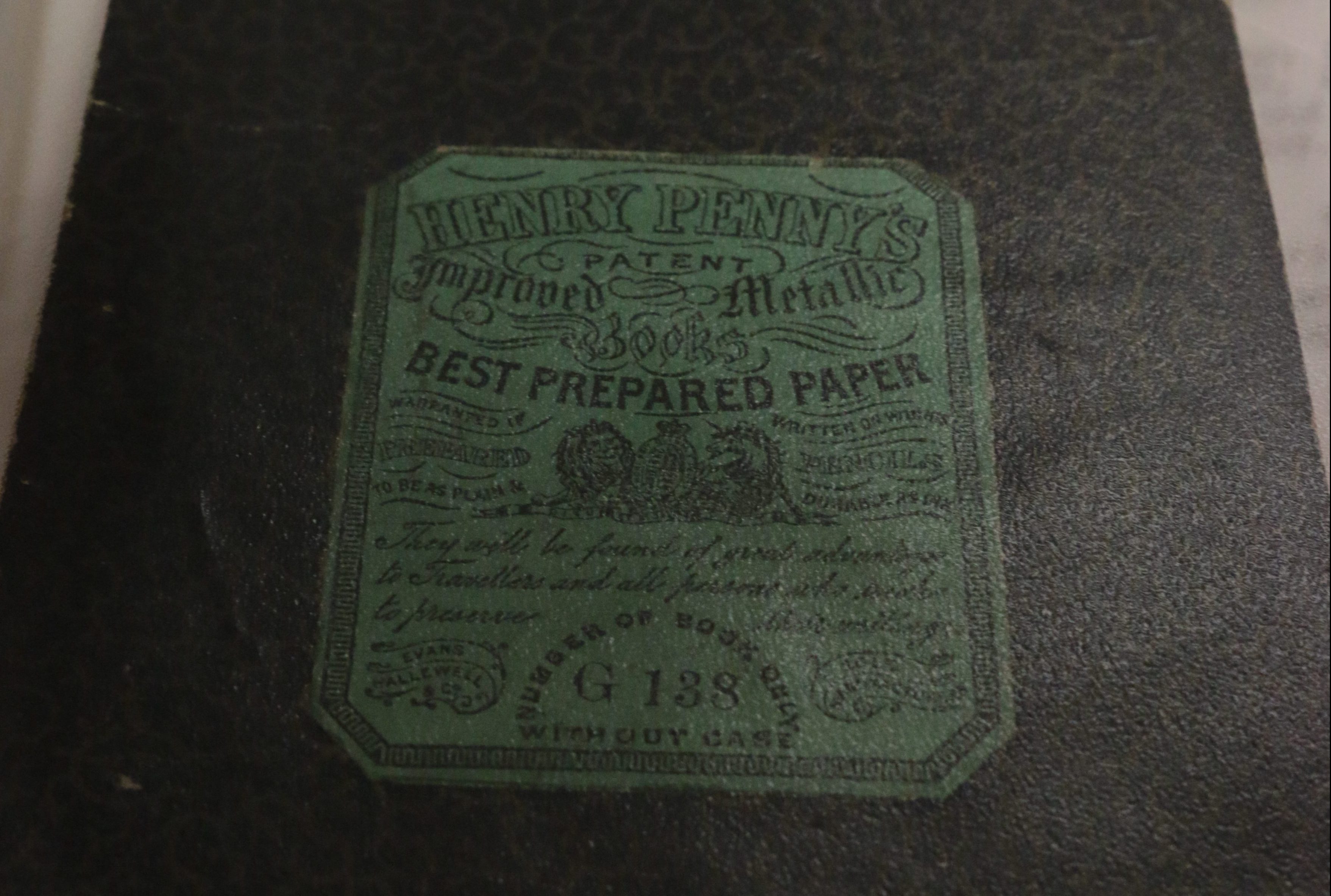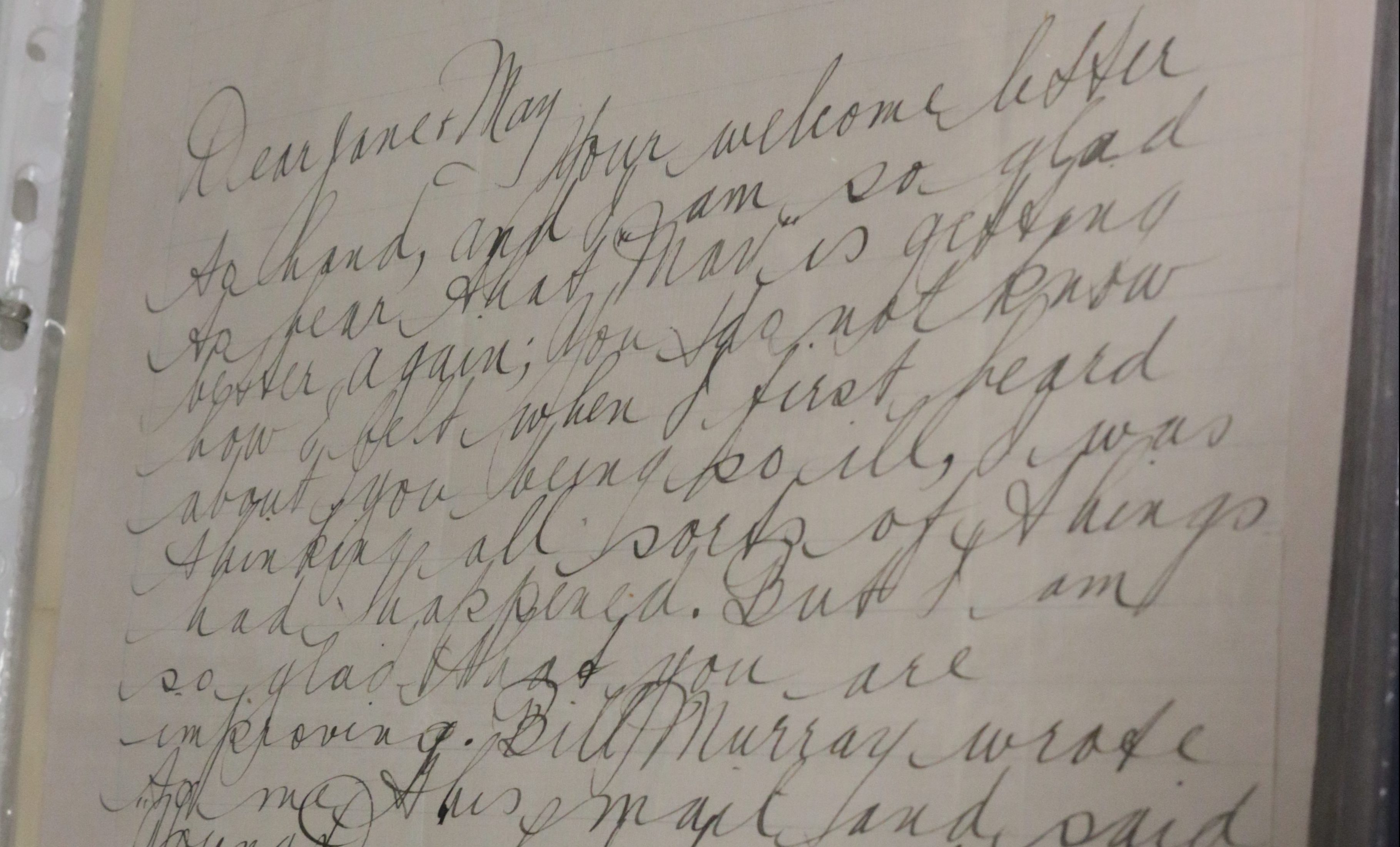Edward Coleman knew only one day of battle. He died at Gallipoli 104 years ago today. Luke Hancock reports on efforts to preserve the memories of the first Anzacs.
On April 25, 1915 the first boats landed on the shores of Turkey. Among them was the 11th Battalion from Australia. Fifty-nine of them would die that day, including 24-year-old Private Coleman.
Raised in the working class Melbourne suburb of Footscray, Coleman moved away from his family in search of a better life. He worked as a railway porter in Kalgoorlie.
Then the call to arms came, and Coleman didn’t hesitate in signing up. He enlisted in September 1914, seven months before the invasion. After basic training he left with the 11th aboard the HMAT Ascanius from Fremantle with only a footlocker and a notebook.
With both parents and siblings at home, he wrote to them throughout 1914.






Waiting for deployment he filled his notebook with caricature-style drawings and even a poem about the girl he left behind.
As was common with soldiers, he also made what was called a silk – an embroidered postcard – for his younger sister.
On the morning of April 25, the Gallipoli campaign began with the 11th Battalion leading the charge, landing on the sloping beaches of Ari Burnu Point and Plugge’s Plateau.
The 11th Battalion was made up of soldiers from Western Australia, South Australia, Queensland and Tasmania. The Gallipoli campaign lasted eight months, with 26,000 Australian casualties and over 8000 killed – and ending in a Turkish victory over the Allied forces.
Today, 104 years after the Gallipoli landings, all that is left of Private Coleman and the stories of many others is stored in blue folders at Anzac House in Melbourne.
Anzac House was built in 1938 and has served as headquarters for the Victorian RSL.
On the sixth floor is the Anzac House Reference Library and Memorabilia Collection.

With no living survivors of the Great War, preserving their legacy and history falls to a library that runs on volunteers and has no funding to manage the overwhelming influx of memorabilia, artefacts and books.
But massive amounts of money flow to other projects.
Last October, Prime Minister Scott Morrison announced a plan to spend $498 million on redeveloping the Australian War Memorial. Critics have said the money should go to improving veterans’ services rather than a nine-year upgrade project.
Also last year, the Victorian Labor Government announced that Oakleigh, Carnegie, Cheltenham and Moorabbin RSLs would receive $100,000 for “critical works”.
Meanwhile, the Anzac library awaits its own funding injection. With World War 2 now also fading from living memory, it appears more important than ever to preserve the stories of soldiers like Edward Coleman. He is buried at Lone Pine.



